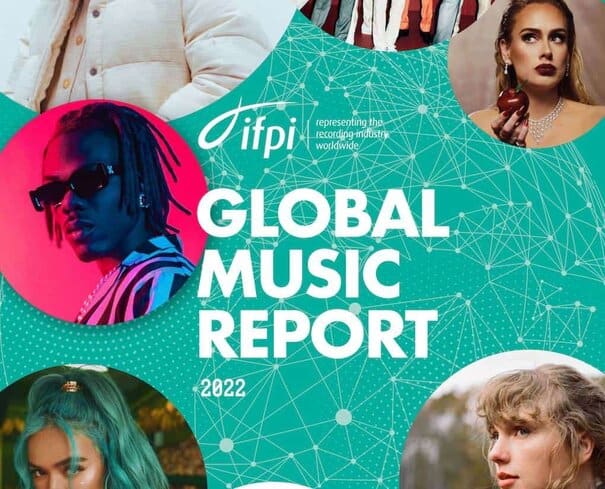(Hypebot) — A lot of money does not mean a lot of success in the music industry, exemplified disappointedly in this last year.
A guest post by Bobby Owsinski of Music 3.0.
The latest IFPI report just came out look backing at how the global music industry did in 2021. If you take the report at face value, it looks like the music industry had its best year ever last year, coming in at worldwide total of $25.9 billion. While it’s true that its 18.5% $4 billion growth over 2020 was indeed impressive, when you look behind the numbers you see a different picture.

It’s All About Inflation
First of all, let’s adjust that $25.9 billion total revenue for inflation. What you get is a cool $39.2 billion. That means that even though last year’s number looks like the largest ever, the music industry has a long way to go before we get to the “biggest year ever” status of 1999. It’s still just 2/3rds of its best year.
You can’t deny that the music industry is doing very well and that streaming has picked up some of the slack from sales, but it hasn’t totally replaced it and may never do so.
Streaming Slowing
That’s because the numbers show that although most people consume their music via streaming, that growth is slowing. There are now 523 million streaming users worldwide. That number sounds pretty good, but their average payment every month is just $1.96. In 2020 it was $1.90, meaning that even if you add 80 million more users (which is what happened last year), the average amount of what they’re paying is up only a little.
Now the fact is that there are still relatively untapped markets like Africa and the Middle East, but while the total user and royalty pool will grow, these markets will pay less for streaming because their economies won’t allow for anything beyond that $2 dollar range, if that.
Free Tiers Are Paying
Finally, the report shows that free ad-supported streaming tiers are actually paying more than thought. As a matter of fact, it almost is as much as all the physical sales combined. Free tiers brought in $4.6 billion while physical sales totaled $5.0 billion.
The downside here is that the margins are so much higher on physical, so an artist who has success in physical will make a lot more money than one with equal success on a free ad tier.
The bottom line is that the music industry is in a good place because the streaming market has matured. The bad news is that the numbers aren’t what they’re cracked up to be, and that a critical part of the business might be slowing down.
Bobby Owsinski is a producer/engineer, author and coach. He has authored 24 books on recording, music, the music business and social media.
Read more: https://music3point0.com/2022/03/29/lots-of-money-being-made-by-the-music-industry-but-its-not-what-it-seems/#ixzz7OxcQJJWs
Under Creative Commons License: Attribution Non-Commercial Share Alike



























































